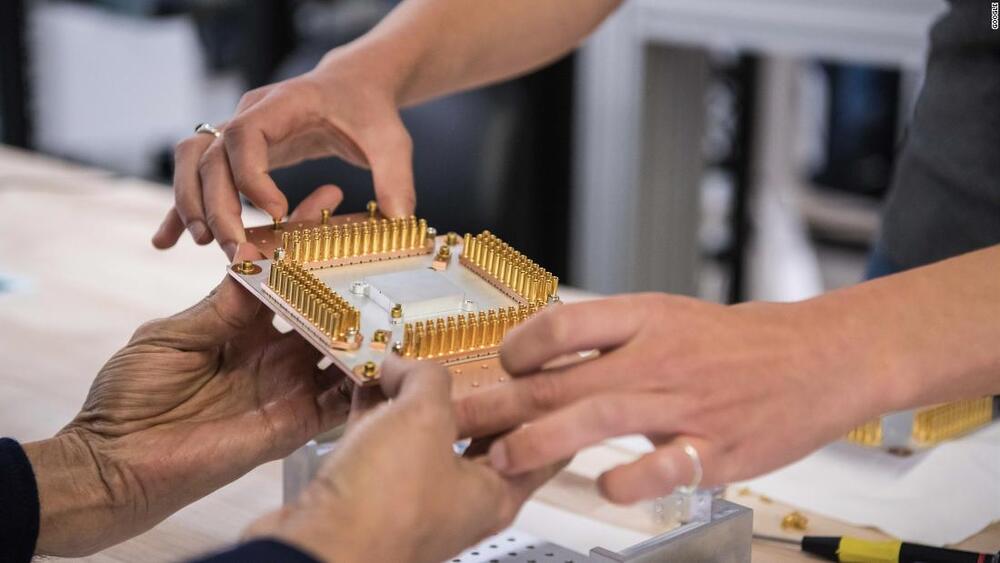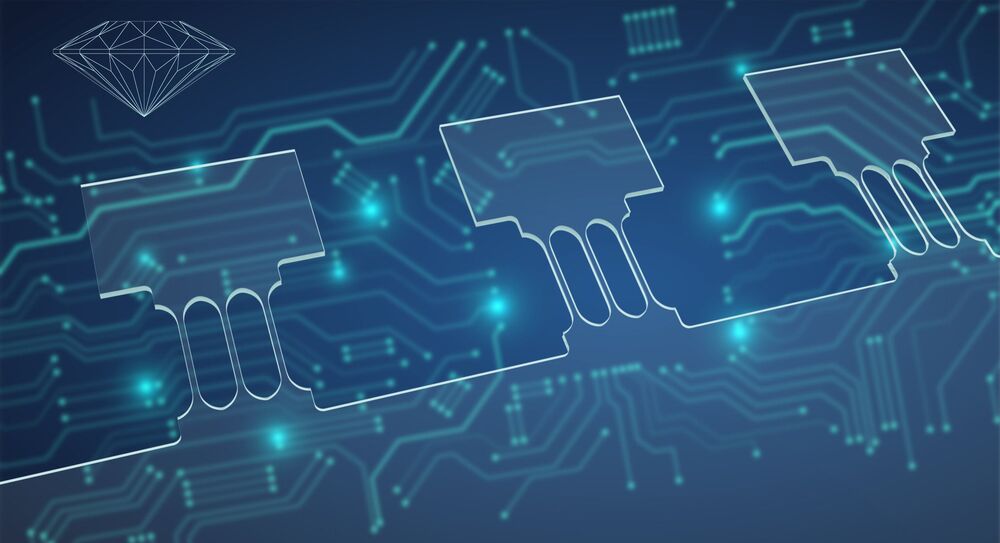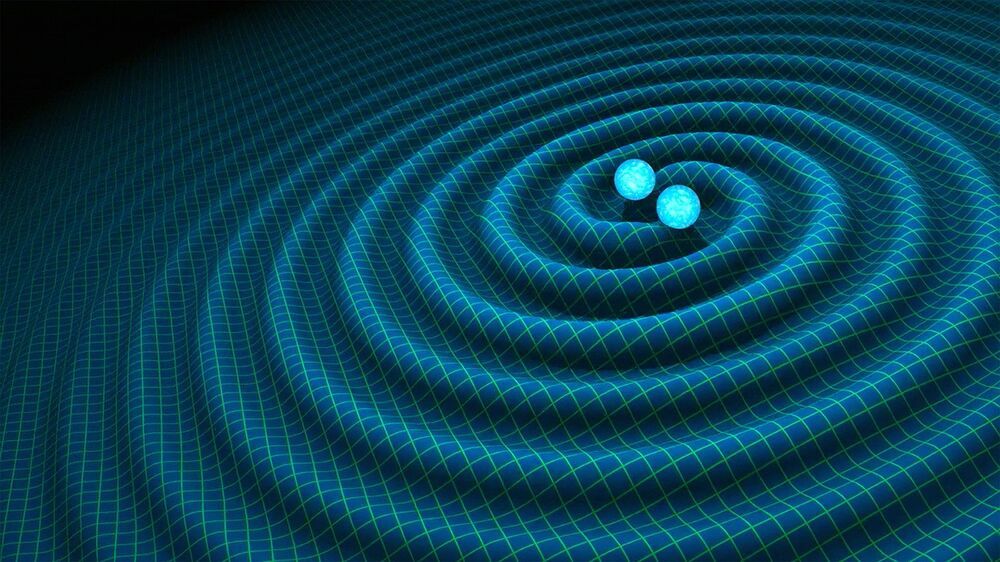Just say no to cat murder.
One of the first times quantum mechanics entered popular culture, “Schrödinger’s Cat” remains a puzzling thought experiment in which a poor cat’s fate remains unknown inside a box. But scientists now say that the paradox at the heart of the puzzle could be determined ahead of time, or even reversed.
First, a recap of Schrodinger’s Cat. Created by Austrian physicist Erwin Schrödinger in 1935, it looks at a theory of quantum mechanics known as the Copenhagen interpretation. According to the Copenhagen interpretation, a quantum system will exist in superposition up until the moment it interacts with the real observable world in any way. When discussing quantum theory, the Institute of Physics says that a superposition is the idea that a particle can be in two places at once.







